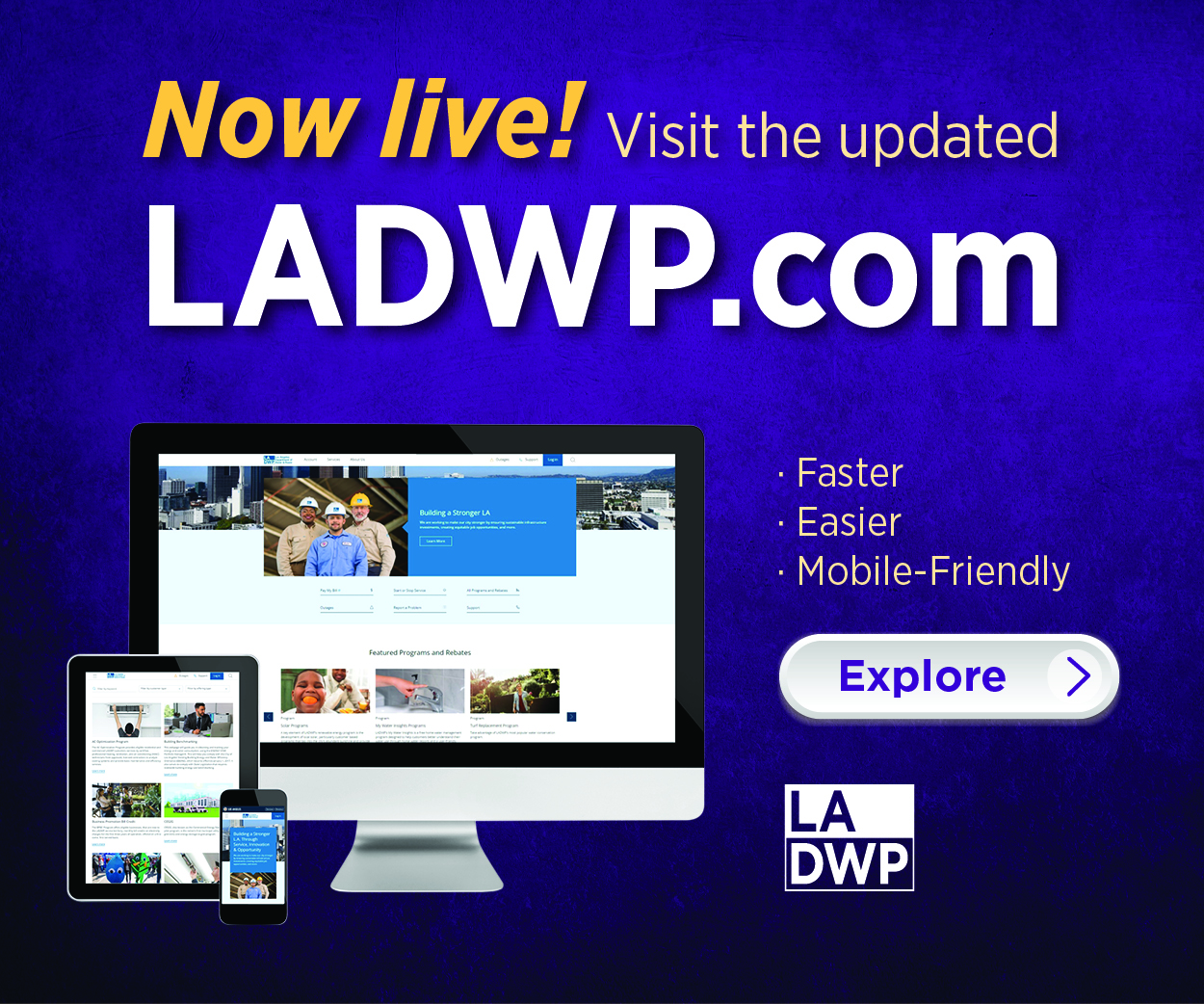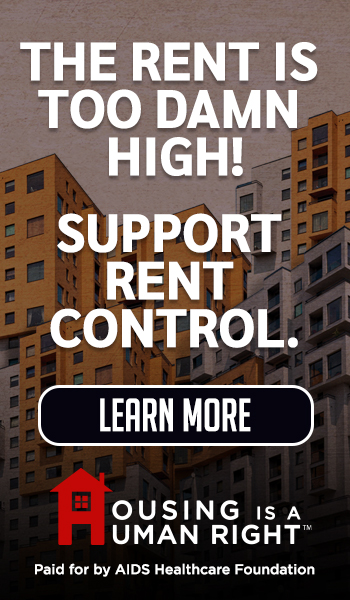Comments
HOUSING OVERHAUL - California’s housing shortage has reached critical levels, and lawmakers are once again turning to bold — and controversial — solutions. Senate Bill 79 (SB 79) proposes mandatory upzoning near major transit lines, aiming to boost housing supply and create more walkable communities. But as with many efforts to fix the crisis, SB 79 is sparking fierce debate over local control, affordability, and the future shape of California neighborhoods.
"SB 79 is a bold attempt to break through California’s housing gridlock — but it’s not without risks."
Supporters argue the bill is essential to solving the state's chronic shortage of affordable housing. Critics warn it would erode local control, overwhelm infrastructure, and risk unintended consequences. Here's a closer look at the pros and cons of SB 79.
✅ The Case For SB 79
1. More Housing, Faster
SB 79 directly targets one of California’s biggest housing bottlenecks: restrictive local zoning. By requiring denser housing near public transportation, the bill aims to create tens of thousands of new homes without the delays that often accompany local zoning fights.
Housing advocates argue that without bold action, California will never meet its need for affordable and market-rate housing.
"Housing advocates say without action like SB 79, California will never build enough homes to meet demand."
2. Promotes Transit-Oriented Living
Building more homes near rail stations and rapid bus lines reduces car dependence, cuts down on traffic congestion, and helps the state meet its ambitious climate change goals.
Denser, walkable communities are seen as key to reducing greenhouse gas emissions and suburban sprawl.
3. Strikes at Exclusionary Zoning
Single-family zoning, dominant across California for decades, has been criticized for perpetuating racial and economic segregation. SB 79 is framed as a civil rights measure, expanding access to high-opportunity neighborhoods that have historically been closed off to lower-income residents and communities of color.
"Building more homes near transit could help solve the housing crisis — if communities can weather the changes."
4. Streamlines Development
By overriding some local permitting processes, SB 79 removes bureaucratic hurdles that often drag out housing projects for years — or kill them altogether.
❌ The Case Against SB 79
1. Loss of Local Control
Cities and counties argue that SB 79 would strip away their ability to shape development according to local needs. Critics warn that one-size-fits-all mandates from Sacramento ignore differences in infrastructure, geography, and community character.
"Critics warn SB 79 strips cities of local control and could push longtime residents out of their neighborhoods."
2. Infrastructure Strain
Opponents fear that sudden increases in population could strain existing infrastructure — schools, roads, sewers, and emergency services — especially in areas not prepared for rapid growth.
Without parallel investments in public services, they argue, density could backfire.
3. Risk of Gentrification and Displacement
Critics point out that without strong affordability requirements, new housing could drive up land values and rents, leading to the displacement of vulnerable residents rather than helping them.
Simply allowing more housing doesn’t guarantee that the housing will be affordable to those who need it most.
"Upzoning alone won’t guarantee affordability. Strong protections are needed to prevent displacement."
4. Limited Guarantees of Affordability
SB 79 primarily focuses on quantity, not price. Without stronger requirements for affordable units or protections for tenants, the bill could simply result in more expensive market-rate apartments rather than meaningful relief for working families.
⚖️ Conclusion
SB 79 represents a major shift in California’s approach to housing policy — prioritizing statewide supply mandates over local zoning control in an effort to solve a crisis that touches every corner of the state.
Whether it succeeds may depend not only on how many homes it helps build, but also on whether it avoids the pitfalls of displacement, infrastructure strain, and public backlash that have dogged past efforts.
As California legislators debate SB 79 in the coming months, one thing is clear: the fight over where and how Californians live is only intensifying.
"When medicine markets fear, and housing markets overbuild, the real cost often falls on the people left behind."
📋 Quick Sidebar: SB 79 At a Glance
What It Does:
- Forces cities to allow denser housing near transit lines.
Why Supporters Like It:
- Tackles California’s severe housing shortage.
- Reduces car dependence and urban sprawl.
- Promotes racial and economic equity in housing.
Why Critics Oppose It:
- Strips local governments of zoning control.
- Could speed up gentrification and displacement.
- May reshape neighborhoods without solving affordability.
Bottom Line:
SB 79 is a bold push for more homes faster — but it’s fueling a new fight between state housing advocates and local communities worried about losing control over their streets.
As of now, the next scheduled vote on California Senate Bill 79 (SB 79) is set for Wednesday, April 30, 2025, at 9:30 AM in the Senate Local Government Committee. This follows its passage through the Senate Housing Committee on April 22, 2025, with a 6–2 vote. (Senate Housing Committee Passes Major Legislation by Senator ...)
If SB 79 advances from the Local Government Committee, it will proceed to the full Senate for consideration. Should it pass there, the bill will then move to the Assembly for further review. The legislative process includes multiple stages, and the final outcome will depend on the results of these successive votes.
For those interested in following the bill's progress or participating in the legislative process, you can track updates through the California Legislature's official website or attend the committee hearings, which are typically open to the public.






